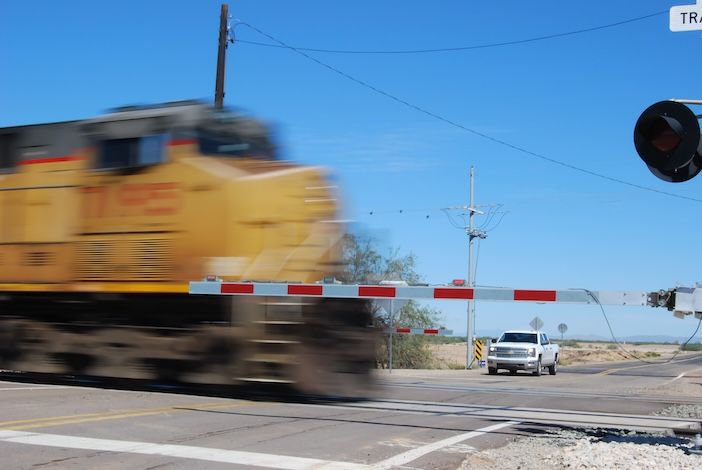 Mary Scott Nabers, president and CEO of Strategic Partnerships, Inc., gives her insight into the projects underway in the USA to address a pressing safety concern – railway crossings
Mary Scott Nabers, president and CEO of Strategic Partnerships, Inc., gives her insight into the projects underway in the USA to address a pressing safety concern – railway crossings
At-grade rail crossings – where roads intersect at the same level with railway tracks – are the second leading cause of rail-related fatalities in the U.S., with over 2,000 incidents and approximately 200 deaths annually.
The existing technology for grade crossing warnings has largely remained unchanged since the 1960s and more is obviously needed. The current standard includes flashing red lights, warning bells and gates that lower in advance of an approaching train.
Upgrading or eliminating at-grade crossings can greatly reduce the risk of vehicle-train collisions. The crossings inherently pose safety challenges, but grade separations and improved technology can significantly lower the potential for crashes. Communities nationwide are reconfiguring these types of intersections.
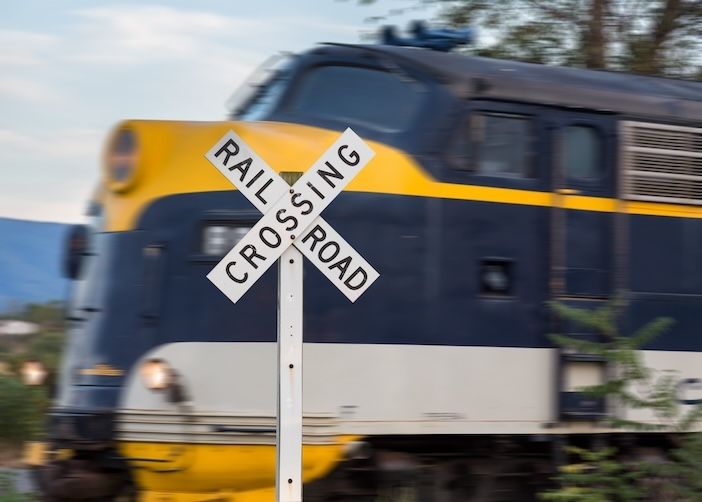
A $52 million, two-phase project in Pelham, Alabama, will deliver a bridge over two existing at-grade crossings near Lee Road. The project will also realign two county roads as well as widen and upgrade the road to meet current safety standards. County Road 52, one of the intersecting roadways, is an important link between Pelham and Interstate 65 – the major north-to-south highway in Alabama.
The two current at-grade railroad crossings are often blocked by stalled trains for extended periods of time, restricting vehicle access and obstructing emergency vehicles. When completed, the project will significantly improve the safety and mobility of people and goods in the town just south of Birmingham. Project details call for a proposed five-lane bridge,415 feet in length, with a multi-use path to accommodate pedestrians and cyclists. Two additional bridges will also be required: one over Buck Creek and another to replace an existing bridge built in the 1950s. Work is slated to begin in 2025.
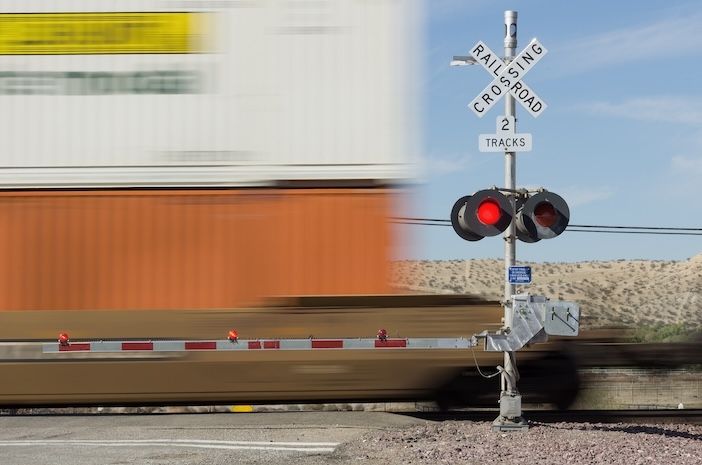
A large $61.8 million project in Glendale, California, will be launched in 2026. The objective will be to enhance safety and efficiency at a high-traffic rail crossing by replacing an at-grade crossing at Doran Street with a grade-separated structure. The new structure will also improve connectivity between Glendale and Los Angeles.
The plan calls for extending Doran Street under the Ventura Freeway, over the Verdugo Wash and joining the existing Fairmont Avenue bridge. L.A. Metro will supervise the effort. The existing rail line currently accommodates up to 90 trains per day, and this number is expected to increase, especially when the city hosts the 2028 Summer Olympic Games.
The current crossing has been identified as one of the most dangerous in Los Angeles County. When completed, the work will enhance safety for pedestrians, cyclists and drivers and support future expansions in rail service. The project is still in the design phase.
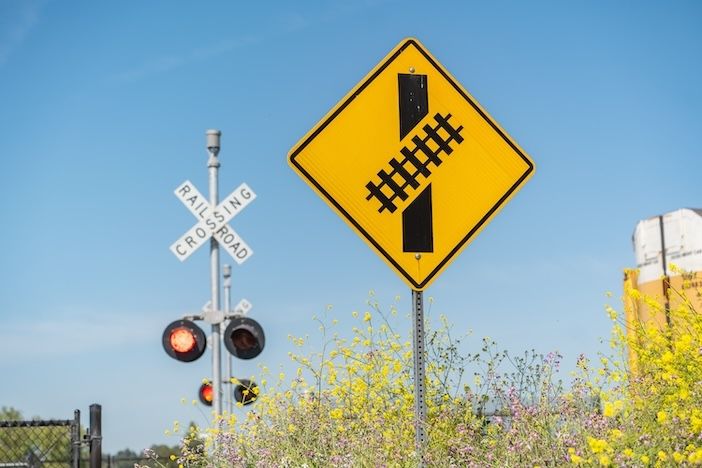
City officials in Monroe, Michigan, will oversee a $30 million grade separation project to construct a bridge under a railroad crossing on West Elm Avenue in the city. The intersection currently accommodates about 13 daily train crossings, causing logistical issues for emergency response vehicles due to a lack of nearby detour routes. Construction on the banks of Lake Erie is expected to start in 2026.
A project in Dayton, Texas, will replace two at-grade rail crossings on U.S. Highway 90. A bridge over the Union Pacific Railroad (UPRR) tracks will be required, and the rail crossing at the T-intersection at Waco Street, which connects with U.S. 90, will also be removed. The project has been tagged with a $45 million cost estimate. U.S. 90 is a five-lane primary arterial highway that connects Dayton to Houston to the west and Beaumont to the east.
The rail crossing is located at a slow-speed bend in the tracks that carries up to 17 trains daily. The trains cause significant traffic delays and rear-end crashes are common. The project will include about 1 mile of improvements, including a 1,100-foot bridge with four 12-foot travel lanes, a 10-foot outside shoulder and a 4-foot inside shoulder. Additionally, the project calls for a frontage road with 14-foot access lanes to be built on either side of the new structure. Construction is slated for 2025.
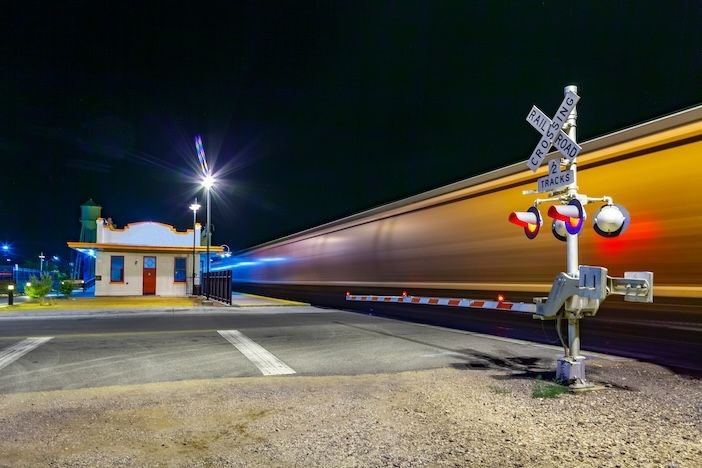
A project near the University of North Dakota in Grand Forks will be designed to take 42nd Street near DeMers Avenue underneath existing rail lines. An estimated cost of between $50 million and $70 million has been established. The BNSF railway runs east and west through the center of Grand Forks, crossing 42nd Street directly north of its intersection with Demers Avenue.
The crossing and intersection have experienced 69 crashes over the past five years and one vehicle-train collision. The grade separation effort will be designed to reduce traffic delays and to enhance accessibility to a nearby hospital and the university campus. The design will call for either lowering 42nd Street underneath both the tracks and Demers Avenue or lowering the entire intersection. A 10-foot shared-use path will be added to provide connectivity for pedestrians and cyclists.
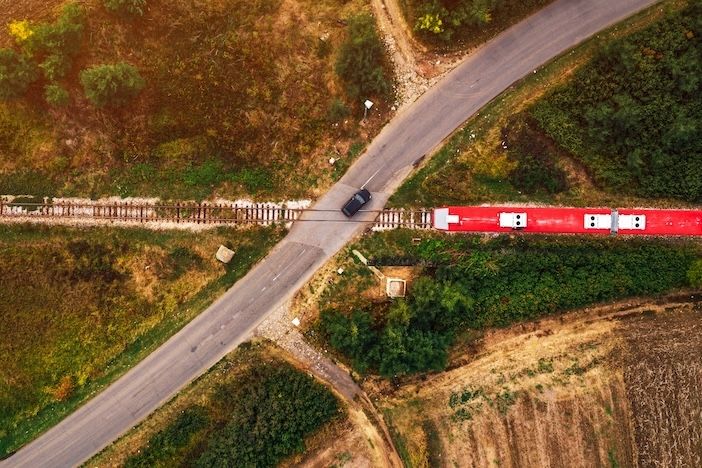
Officials in Washougal, Washington, plan to transform a 0.20-mile segment of 32nd Street into a modern, mixed-use roadway with a below-grade rail crossing at an estimated cost of $69 million to $80 million. The existing roadway is one of the major north-south corridors through Washougal and just across the border from Portland, Oregon. However, the rail crossing is one of the town’s most-dangerous intersections, and frequent train crossings create significant traffic delays.
The intersection currently lacks pedestrian and bicycle amenities. The project’s scope includes a four-lane separated underpass below the railroad tracks with a six-foot sidewalk and multiuse path on either side. Plans also call for reconstructing five nearby intersections and the construction of roundabouts on 32nd Street. Construction has a planned start date of 2027.
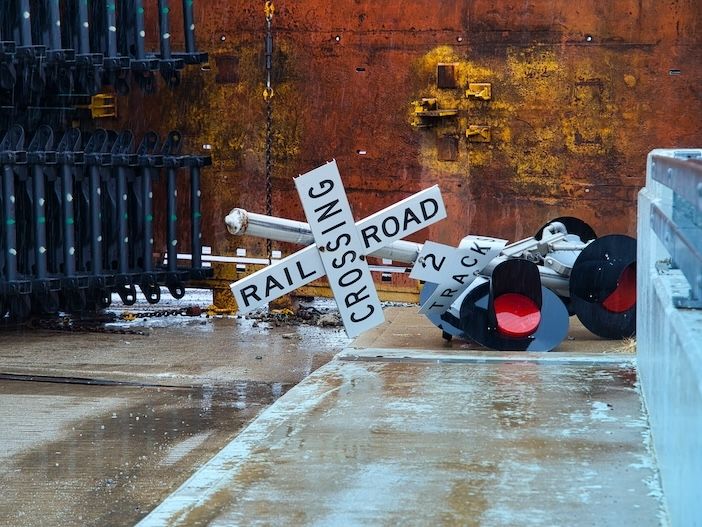
Projects such as these call for planning and design firms, engineering and construction companies, and for local subcontractors along with equipment and supply providers. Infrastructure upgrade efforts in America will continue and at-rail grade crossings are prime targets for reconstruction projects throughout the country.
About the Author: Mary Scott Nabers, a former statewide office holder in Texas, has decades of experience in the public and private sectors. Her unique expertise is her success in connecting the two sectors. Mary is also a well-recognized expert in the P3 world and a true business development professional. Strategic Partnerships, Inc. publishes Government Market News, the premier platform for connecting public and private sector leaders in the government marketplace.


